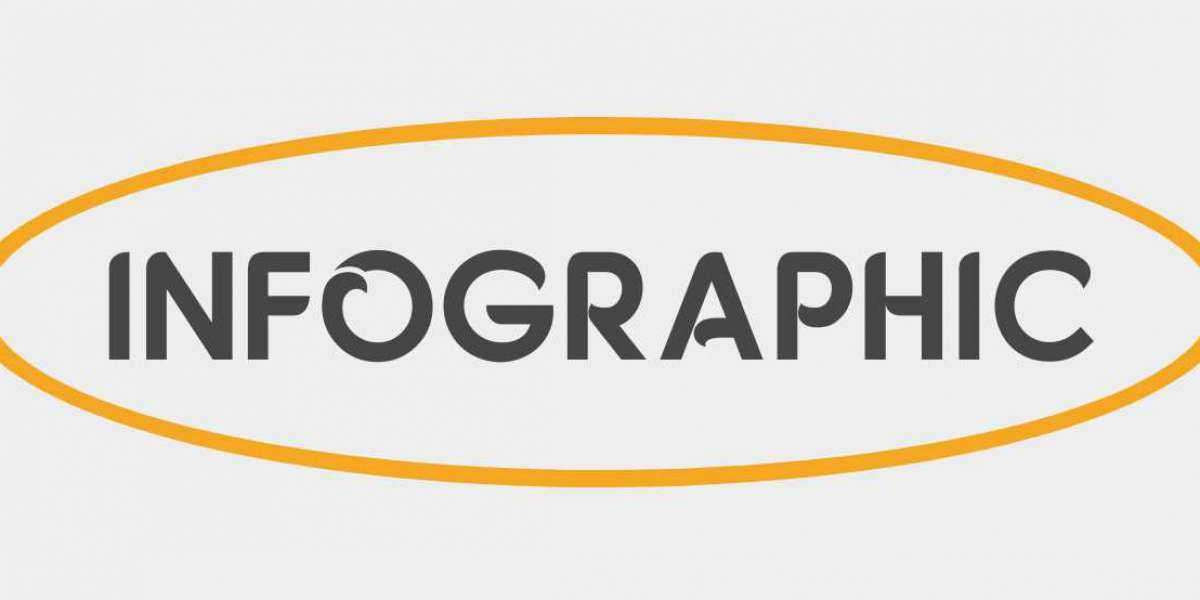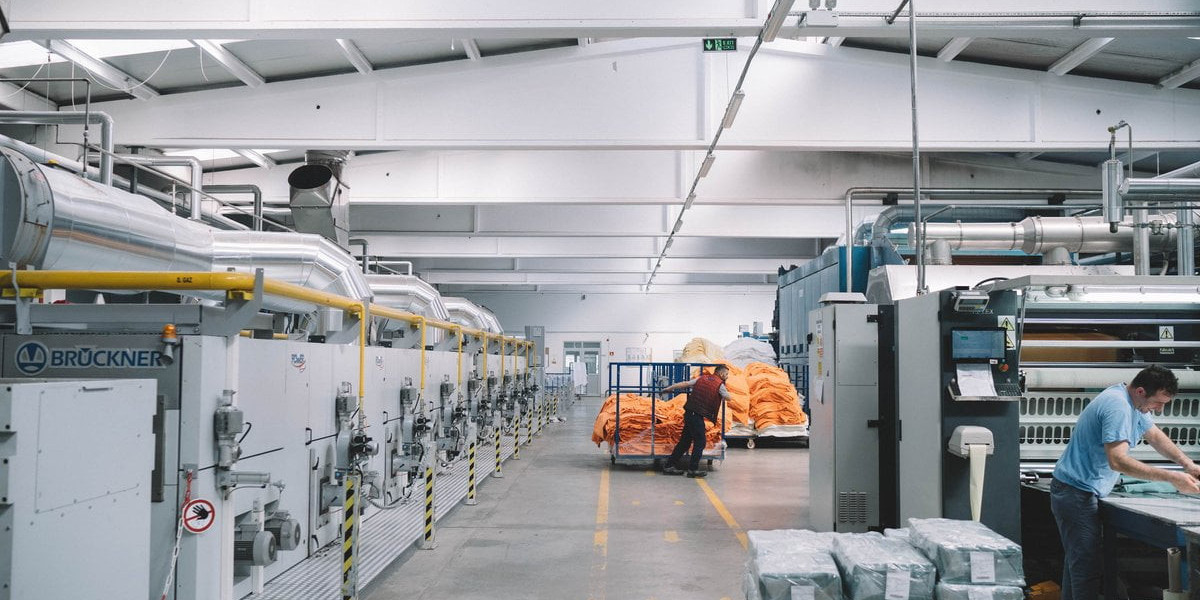The WBG (Wide Bandgap) Semiconductors OSAT (Outsourced Semiconductor Assembly and Test) market has emerged as a dynamic and rapidly evolving segment of the global semiconductor industry. With the increasing shift toward power-efficient, high-performance electronic systems across diverse industries such as automotive, energy, aerospace, telecommunications, and industrial automation, the need for WBG semiconductors like silicon carbide (SiC) and gallium nitride (GaN) has grown significantly. These materials outperform traditional silicon by offering superior power density, faster switching, higher thermal efficiency, and improved reliability.
The OSAT market, which plays a critical role in packaging and testing these advanced semiconductors, is witnessing major transformations in terms of technological innovation, regional expansion, competitive intensity, and strategic collaborations. This article explores the landscape of the WBG semiconductors OSAT market, offering insights into its structure, key players, growth enablers, and future direction.
Expanding Role of OSAT in WBG Semiconductor Value Chain
As demand for SiC and GaN devices increases, especially in high-voltage and high-temperature applications, so does the complexity of their manufacturing processes. Unlike traditional semiconductors, WBG devices require specialized packaging formats and rigorous testing protocols to ensure reliability and thermal stability in demanding environments.
The rising outsourcing trend among IDMs (Integrated Device Manufacturers) and fabless companies is a major factor boosting the OSAT market. Delegating the packaging and testing functions to external experts allows manufacturers to focus on design and fabrication while benefiting from cost-efficient, scalable, and technically advanced assembly services.
Competitive Dynamics and Market Players
The WBG OSAT market is relatively concentrated, with a few large global providers dominating the landscape. Leading OSAT companies such as ASE Technology Holding, Amkor Technology, JCET Group, and Powertech Technology have established advanced packaging capabilities tailored to the specific needs of WBG devices.
In parallel, specialized niche OSAT firms are gaining traction by offering high-precision, customized solutions for WBG applications. These players often focus on specific industries like EV powertrains or aerospace systems, providing differentiated services in terms of thermal performance, miniaturization, and reliability.
The growing demand has also attracted new entrants and startups, particularly in Asia-Pacific, where proximity to raw materials, foundries, and end markets offers a competitive edge. To stay ahead, established players are increasingly investing in automation, R&D, and strategic acquisitions.
Technological Advancements Reshaping the Landscape
Innovation in semiconductor packaging is a cornerstone of the WBG OSAT landscape. Traditional methods are being replaced by power module packaging, system-in-package (SiP), chip-on-board (COB), and wafer-level packaging (WLP) to accommodate higher current densities and thermal loads.
Thermal management is another area seeing intense R&D activity. The use of high thermal conductivity substrates, metalized ceramics, and advanced adhesives is helping address the heat dissipation challenges of SiC and GaN components.
Test solutions have also evolved significantly. Modern OSAT firms now provide automated test equipment (ATE) capable of high-voltage, high-frequency, and high-temperature testing. Reliability testing for mission-critical applications, such as automotive ADAS or aerospace navigation systems, is increasingly becoming standard practice.
Regional Market Landscape
The Asia-Pacific region leads the global WBG OSAT market, driven by robust electronics manufacturing ecosystems in China, Taiwan, Japan, and South Korea. Government support, access to skilled labor, and proximity to EV and renewable energy markets contribute to the region’s leadership position.
North America and Europe, though smaller in scale, are rapidly expanding their WBG OSAT capabilities in response to rising demand for domestically sourced power electronics. Initiatives to strengthen local semiconductor supply chains have prompted companies to establish regional OSAT facilities and research hubs.
Regional competition is also spurring innovation and investment. Companies are seeking regional partnerships and joint ventures to align with geopolitical shifts, trade dynamics, and local customer needs.
Strategic Partnerships and Vertical Integration
To remain competitive, many semiconductor companies are forming alliances with OSAT providers to co-develop packaging solutions optimized for next-generation power devices. These partnerships combine expertise in materials, device architecture, and thermal engineering to accelerate time-to-market and enhance product performance.
On the other hand, some IDMs are pursuing vertical integration, acquiring OSAT firms or establishing in-house packaging capabilities. While this may reduce dependency on third-party providers, it also raises the bar for OSAT firms to differentiate themselves through innovation, agility, and service excellence.
Future Outlook and Opportunities
The future landscape of the WBG OSAT market will be shaped by several key trends:
Increased adoption of EVs and fast chargers, boosting demand for SiC-based power electronics.
Growth in 5G, satellite communication, and AI-enabled infrastructure, driving GaN deployment.
Rising emphasis on supply chain resilience, pushing regional diversification of OSAT services.
Greater focus on sustainability, leading to the adoption of eco-friendly materials and packaging techniques.
For OSAT providers, the opportunity lies in building capabilities aligned with these trends while maintaining operational excellence. Investment in AI-driven automation, real-time process analytics, and cleanroom technology will be instrumental in maintaining quality, speed, and competitiveness.
Conclusion
The WBG Semiconductors OSAT market landscape is undergoing rapid transformation fueled by technological advancements, industry-specific demand, and global market shifts. From power-efficient electric vehicles to smart grid systems and next-gen telecom infrastructure, the applications of SiC and GaN devices are broadening—driving the need for sophisticated, scalable OSAT solutions.
By fostering innovation, strategic collaboration, and regional agility, OSAT providers are positioned to play a central role in the future of high-performance semiconductors, supporting the global transition toward more energy-efficient and intelligent electronic systems.
Learn more: https://www.pristinemarketinsights.com/wbg-semiconductors-osat-market-report








